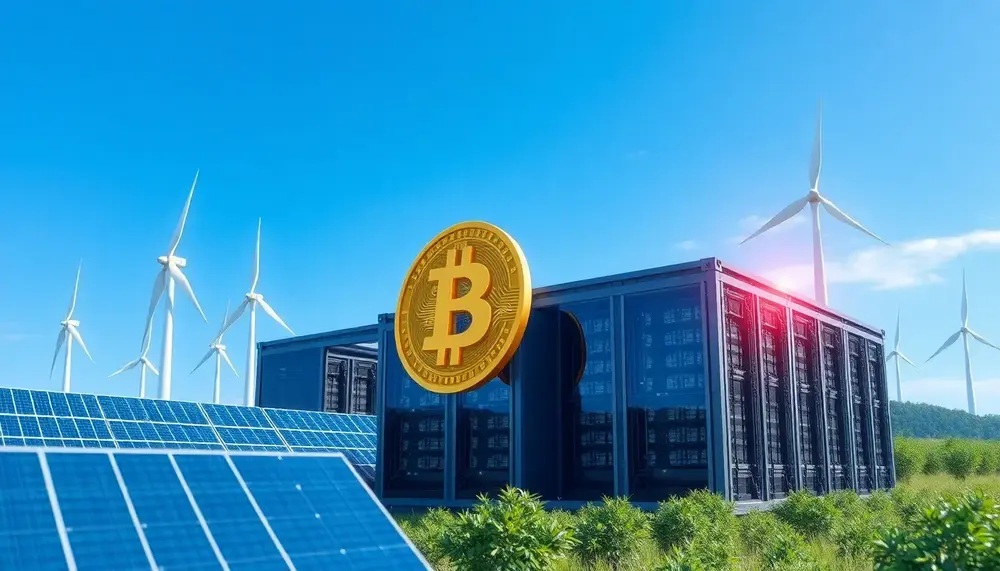Table of Contents:
NYDIG Acquires Crusoe's Bitcoin Mining Business
NYDIG, a prominent player in the Bitcoin and energy sectors, has announced its acquisition of Crusoe's Bitcoin mining operations. This strategic move includes Crusoe's innovative Digital Flare Mitigation (DFM) technology, which converts excess natural gas from oil fields into electricity to power modular data centers. Since its inception in 2018, this technology has prevented 2.7 million tons of greenhouse gas emissions and conserved nearly 22 billion cubic feet of natural gas from flaring.
The acquisition will see approximately 135 Crusoe employees join NYDIG, with no job cuts anticipated. NYDIG plans to invest further in the growth of Crusoe's business and the development of its DFM technology. Crusoe has deployed over 425 modular data centers across seven U.S. states and two countries, including Argentina, showcasing its ability to operate data centers in remote areas using clean energy sources.
Tejas Shah, CEO of NYDIG, emphasized the innovative potential of Crusoe's technology and its alignment with NYDIG's mission to integrate energy and computing resources.
Key Takeaways:
- NYDIG acquires Crusoe's Bitcoin mining operations and DFM technology.
- Crusoe's technology has significantly reduced greenhouse gas emissions and conserved natural gas.
- No job cuts are expected, with 135 employees transitioning to NYDIG.
Bitcoin Miners Adapt Post-Halving
The Bitcoin mining industry has shown resilience following the April 2024 halving, which reduced block rewards from 6.25 BTC to 3.125 BTC. Despite the challenges, miners have adapted, with revenues reaching $3.7 billion in Q4 2024, a 42% increase from the previous quarter. In Q1 2025, revenues stabilized at $3.6 billion, indicating successful adjustments to the new economic conditions.
Miners have invested in energy-efficient ASICs and relocated operations to regions with abundant renewable energy, such as Africa and Latin America. Additionally, some miners are diversifying their business models by hosting AI data centers. For instance, Core Scientific has allocated 200 MW of hardware capacity to support AI workloads for CoreWeave.
However, challenges remain, including potential cost increases due to semiconductor tariffs and geopolitical tensions. Experts suggest that increased transaction activity in the Bitcoin network could help sustain miner incentives as block rewards continue to decrease.
Key Takeaways:
- Bitcoin miners generated $3.7 billion in Q4 2024 and $3.6 billion in Q1 2025.
- Investments in energy-efficient technology and renewable energy locations are on the rise.
- Miners are exploring diversification, such as hosting AI data centers, to boost revenues.
Sources:
- Canaans Minertrags steigt um 312 %, während BTC-Bestände 1.292 BTC erreichen
- Hashrate nähert sich Rekordhoch, da Bitcoin-Preis Mining-Gewinne antreibt
- NYDIG übernimmt Crusoes Bitcoin-Mining-Geschäft
- NYDIG übernimmt Crusoes Bitcoin-Mining-Geschäft
- NYDIG erweitert Technologie durch Übernahme von Crusoes Bitcoin-Mining
- Bitcoin-Miner stabilisieren Einnahmen nach Halving















